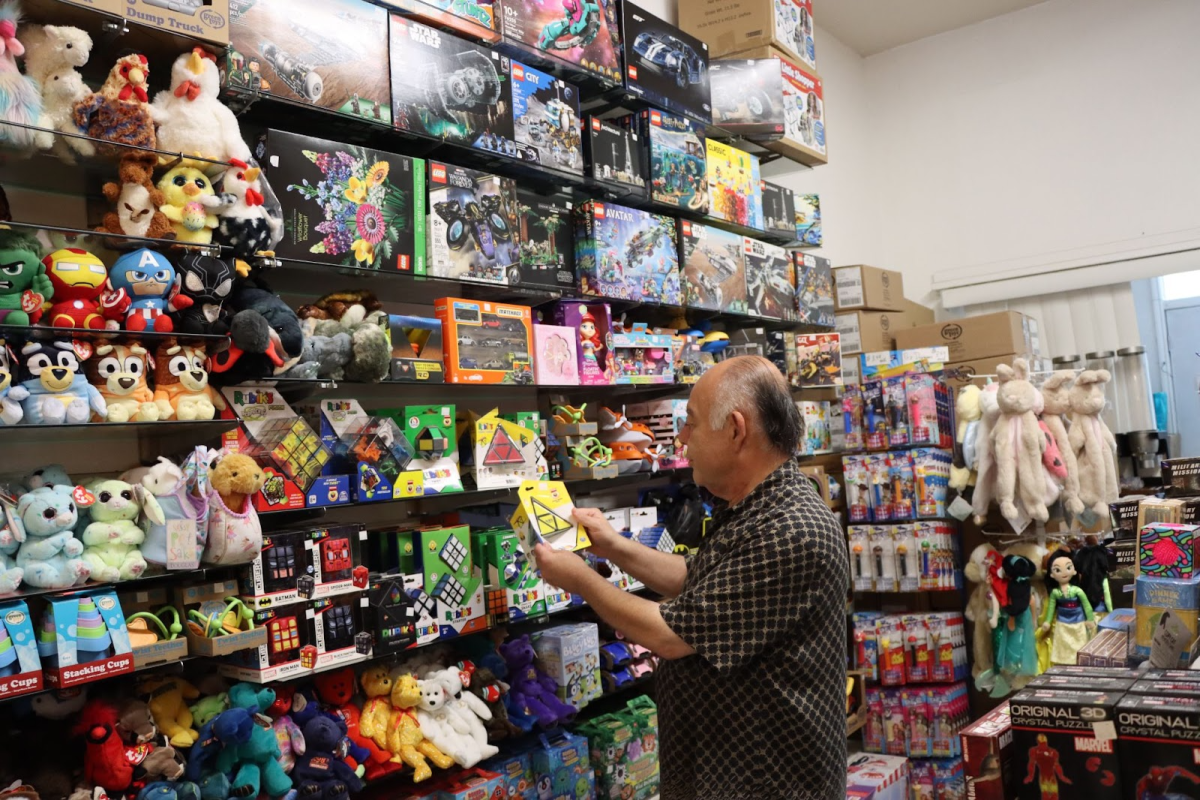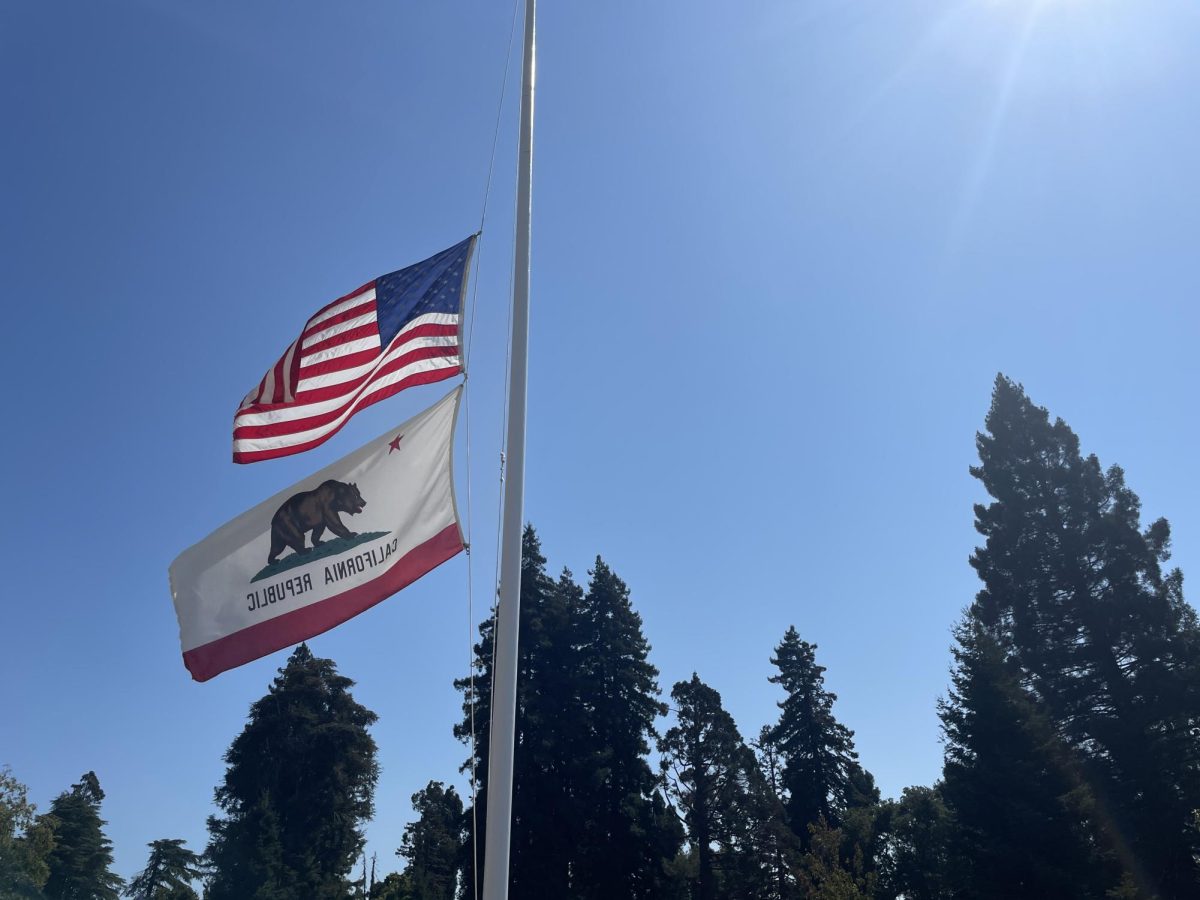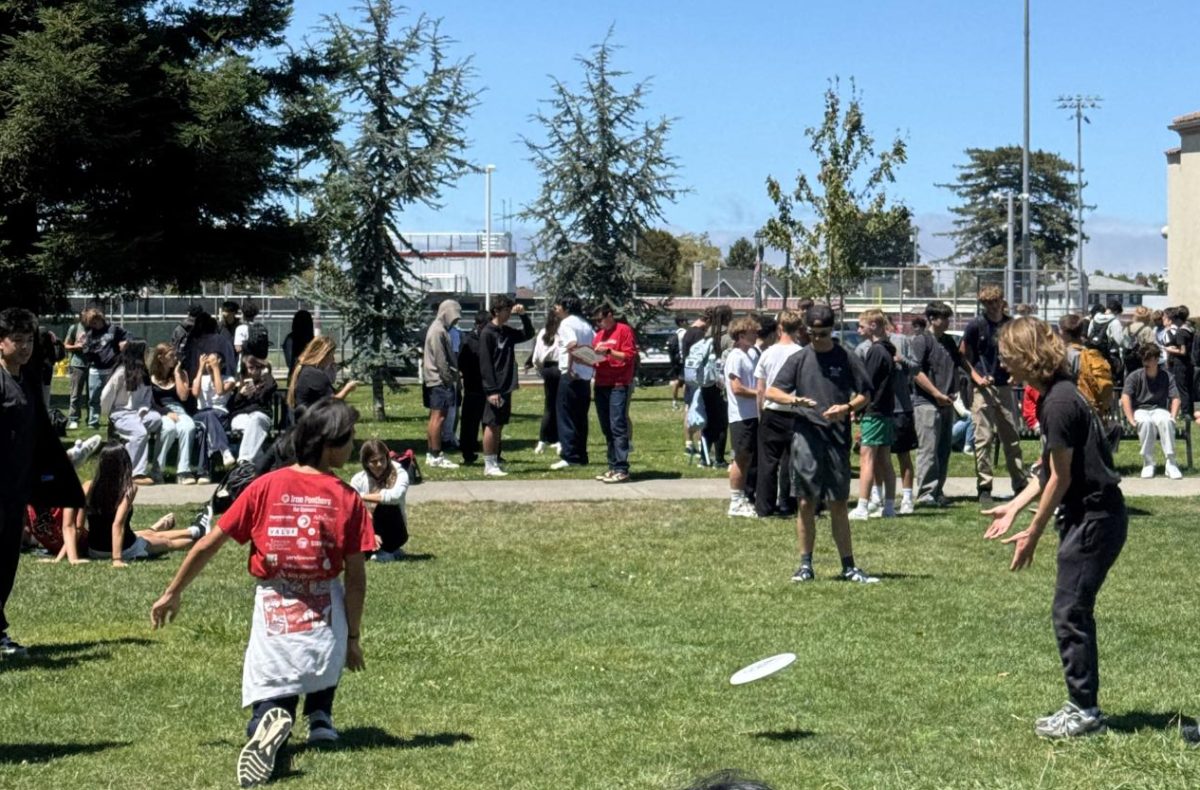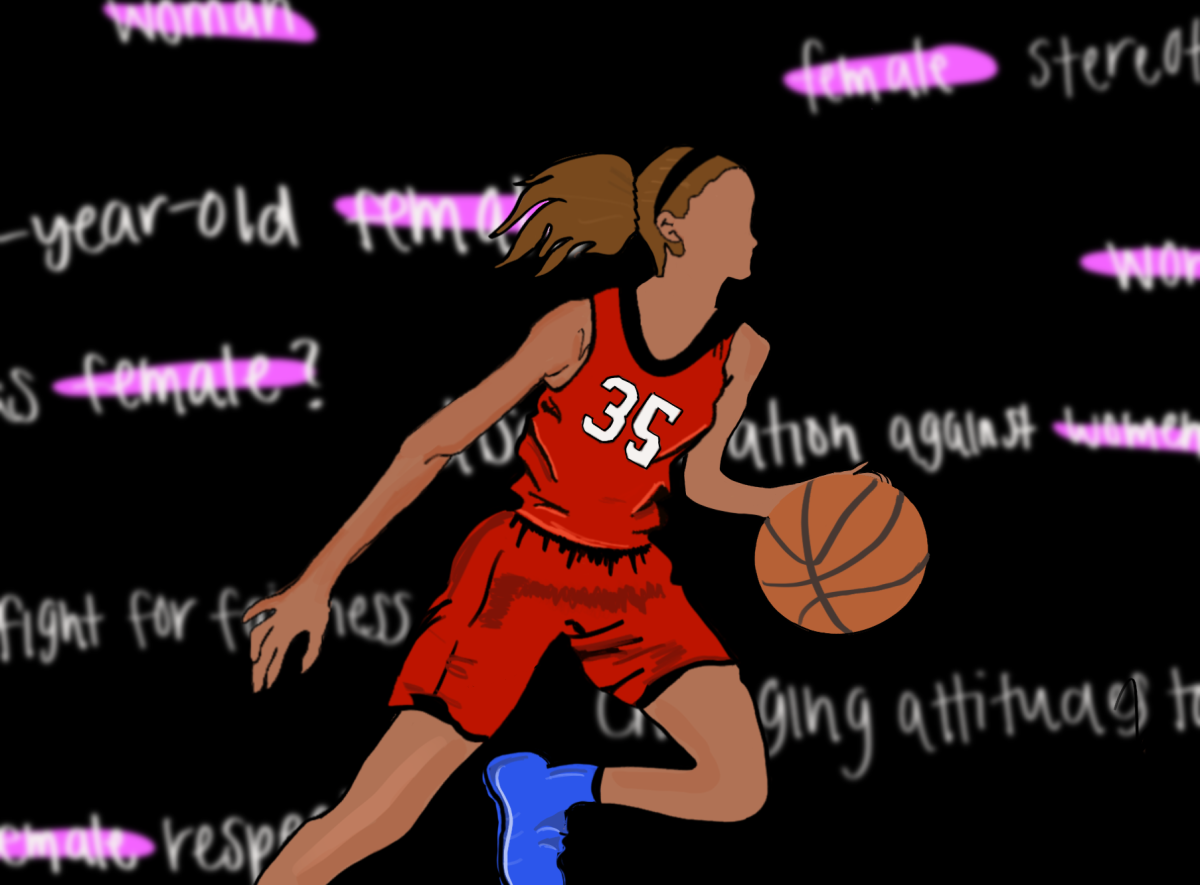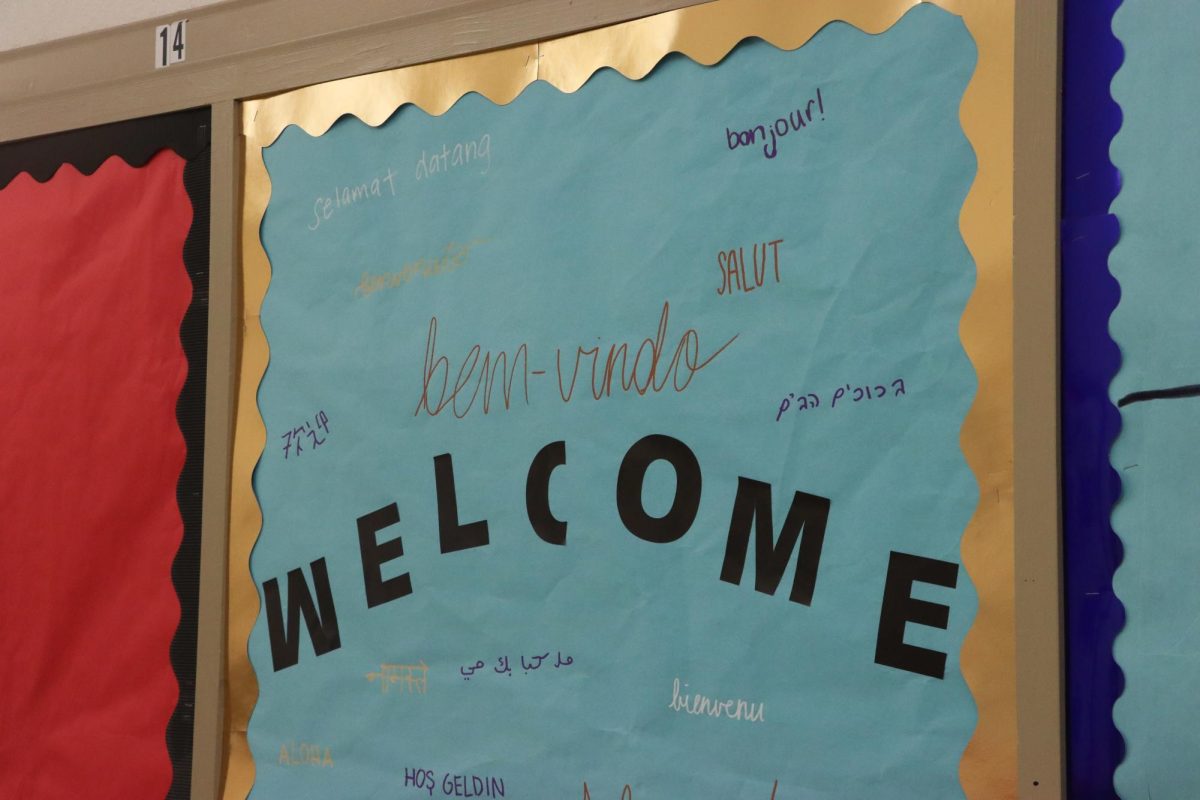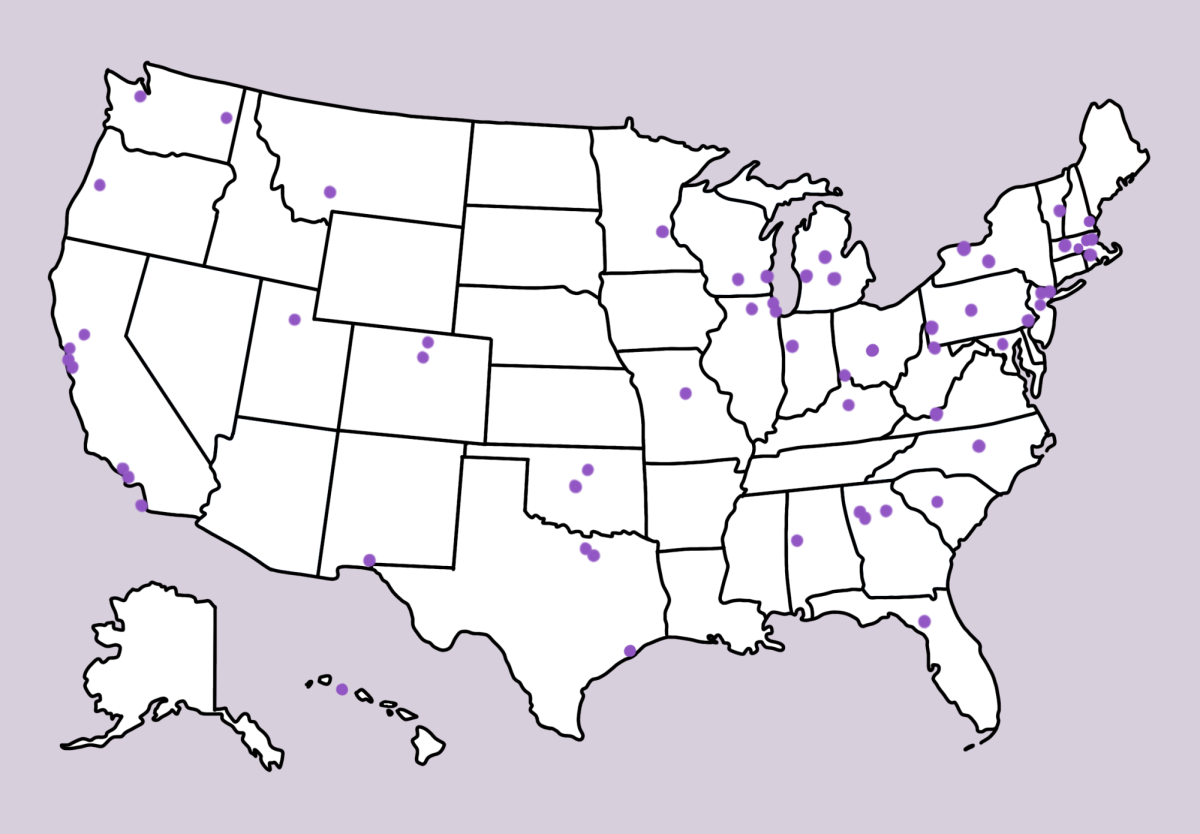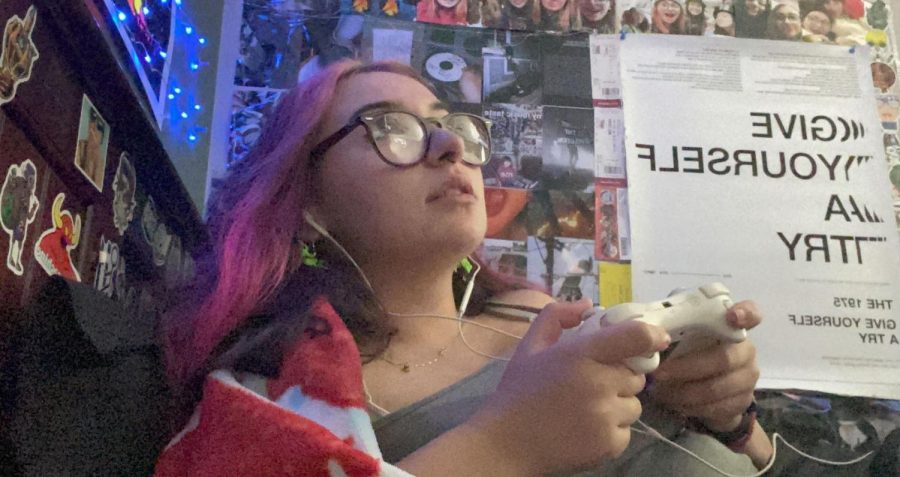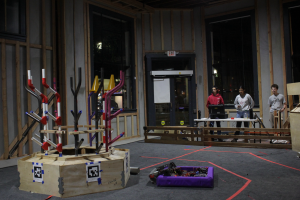Video games are keeping Burlingame students connected, and helping them through quarantine
Burlingame student Isabella Dal Porto playing Nintendo’s “Super Smash Brothers Ultimate” in her free time.
October 15, 2020
As of Oct. 11, the video game “Among Us” had 252,000 viewers on the streaming platform Twitch. Although it was released in 2018, “Among Us” has had an increase in player base since the start of the COVID-19 pandemic. The main reason for this resurgence is the lack of social interaction that the pandemic has brought. Burlingame students have started playing more games over quarantine for this exact reason. Not only to counteract the boredom of spending more time at home, but also to interact with friends and others who they wouldn’t see otherwise.
Junior Ethan Ng, claims that most of his time spent with friends is through video games. He plays the looter shooter game “Destiny 2” with friends, working together to gun down hordes of enemies and unlock new weapons and armor.
“Over the past however many months it’s been, [videos games have] probably been like 80% of actual ‘hear people talking, talk back’ action I’ve had,” Ng said.
Ng also stated that when he has friends online, he often plays with them as opposed to playing alone.
“If I have friends online, I’d prefer to play a game I kind of enjoy [with them], than play a game I really enjoy by myself,” Ng said.
Additionally, Ng claims that games have had an overall positive impact on him, due to the fact that they help him communicate with friends, which he probably wouldn’t do otherwise.
Another factor is that students are able to speak with people they otherwise wouldn’t talk to during quarantine. Darragh Larkin, a junior at Burlingame, plays “Overwatch,” a game with teams of six players. This forces him to find people he wouldn’t typically consider playing with in order to have a better chance at winning.
“I played a couple [of games] with a friend’s cousin, and I don’t see him a lot. So it was fun playing with them,” Larkin said.
With most classrooms completely muted for most of the period, students aren’t interacting as much with people they consider ‘acquaintances’ and mostly just sticking to their particular friend group. Video games are solving this issue by requiring teams of several people, and forcing players to invite people to play who they typically wouldn’t.
Ng shared this idea saying that he wouldn’t talk to basically anyone without the help of video games.
“[Video games] help me talk to friends and stuff, which I probably wouldn’t do without it” Ng said.
Students are using games as an escape from reality even more than usual. Junior Ryan Chong uses video games to not only interact with his peers, but to escape from the grim reality of the pandemic.
“You’re focussed on the virtual world where you basically don’t have to deal with reality,” Chong said. “You basically just get a small break from it.”
While Ng, Larkin and Chong all agreed that they may spend a little more time playing games than they should, they believe that overall videogames have had a positive effect on them through quarantine. With the help of games, all three of them have been able to stay connected with their friends, and interact with others a lot more than they typically would have otherwise.



